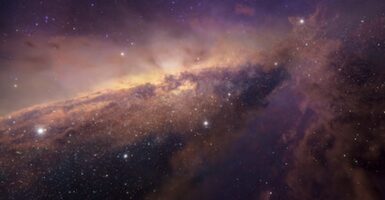Universe Expanding Confirmed And That’s A Problem
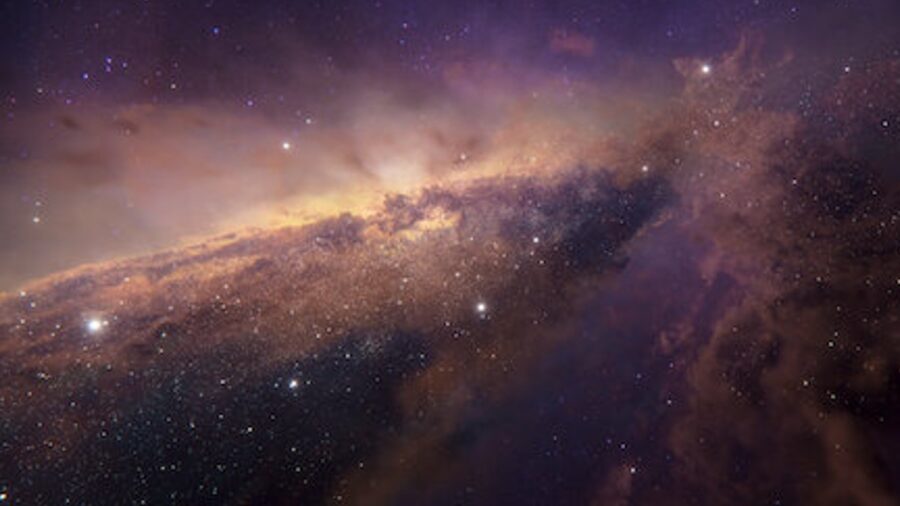
A highly accurate calculation of how fast the Universe is expanding has been made, and it’s causing quite a stir. By analyzing data from the Hubble Space Telescope and fresh observations from the James Webb Space Telescope (JWST), a group headed by physicist Adam Riess from Johns Hopkins University has verified that earlier estimates were indeed accurate, despite years of disagreement.
How Fast Is The Universe Expanding?
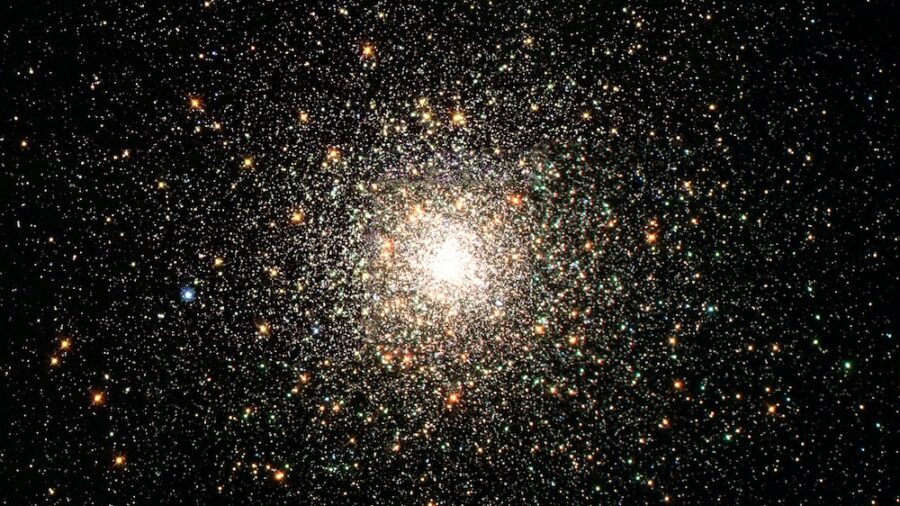
Using distances between our Solar System and specific celestial objects like Cepheid variable stars and Type Ia supernovae, which are crucial for constructing a scale of cosmic distances, the study revealed that the Universe is expanding at a rate of 73 kilometers per second per megaparsec. This value is known as the Hubble constant, signifying scientists’ previous misunderstanding of how the cosmos develops.
Previous Calculations Were Off
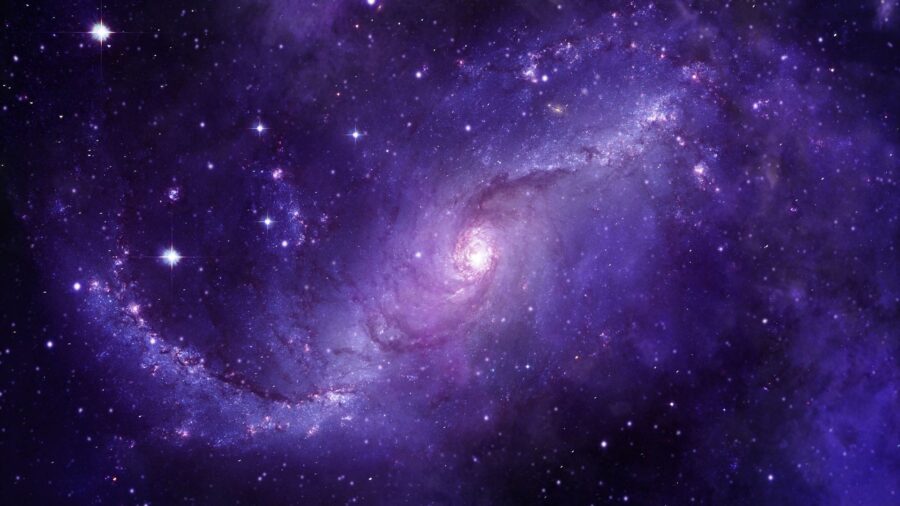
However, challenges arise when alternative methods of gauging this constant offer different results. Initially, scientists speculated that the discrepancy, known as the Hubble ‘tension,’ could stem from human error. But a recent measurement, boasting an exceedingly high confidence level of 8 sigma suggests that another factor is at play when measuring how fast the Universe is expanding.
“With measurement errors negated, what remains is the real and exciting possibility that we have misunderstood the Universe,” Riess said. Still, the Hubble tension is perhaps the most pressing challenge facing cosmology since knowing how fast the Universe is expanding is a core aspect of understanding the entire cosmos.
Standard Candles And Rulers
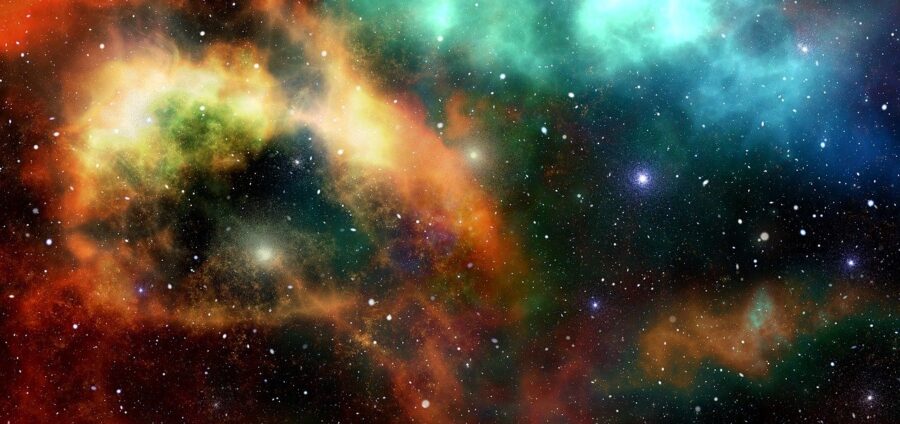
Various methods are used to tackle it. The primary ones are known as standard candles and standard rulers. Standard candles are like beacons in the darkness, emitting light with a consistent brightness. Cepheid variable stars and Type Ia supernovae serve as examples of these. These celestial markers yield a Hubble constant of approximately 73 kilometers per second per megaparsec.
Standard rulers rely on signals from the early Universe to measure how fast it is expanding. These include the cosmic microwave background, originating around 380,000 years after the Big Bang, and baryon acoustic oscillations. These phenomena provide insights into the expansion rate, offering a Hubble constant value of about 67 km/s/megaparsec.
Tracking Inconsistent Measurements Is Difficult
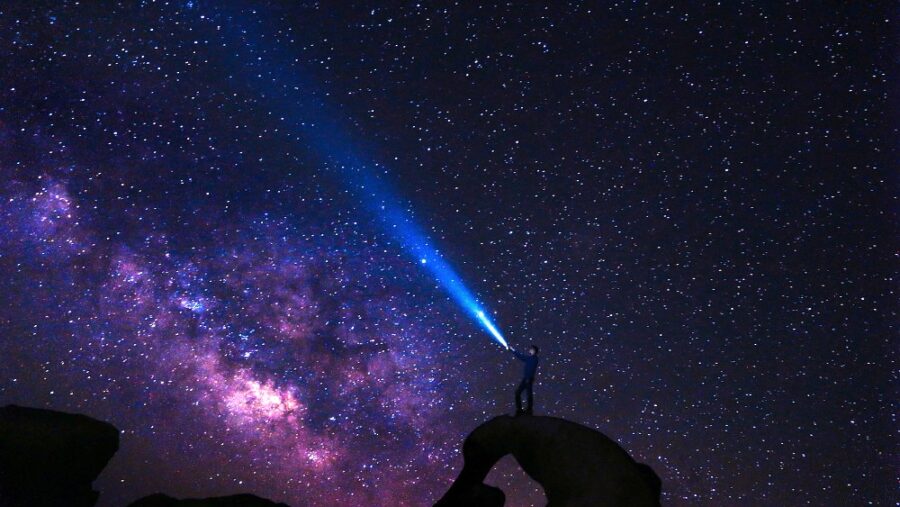
No matter how often scientists attempt to calculate how fast the Universe is expanding (the Hubble constant), they always end up with two different figures. This is problematic as the Hubble constant is a critical tool for determining key aspects of the Universe like its size and age. To gain deeper insights into the cosmos, researchers must find the cause of this inconsistency.
While current cosmological models excel in certain aspects, proposed solutions often disrupt other aspects of understanding how fast the Universe is expanding. The most common theory for the discrepancy has been human error, prompting scientists to conduct repeated measurements in search of any mistakes.
Don’t Blame The Telescopes

One plausible explanation is that errors may have occurred in the original Hubble measurements. Riess and his colleagues used the JWST to verify their findings and address this possibility. Observations from 2023 aligned with those from the Hubble Telescope. While scientists were concerned that the two sets of measurements might diverge in the depths of space, their worries have been laid to rest.
“We’ve now spanned the whole range of what Hubble observed, and we can rule out a measurement error as the cause of the Hubble Tension with very high confidence,” Riess added. “Combining Webb and Hubble gives us the best of both worlds. The Hubble measurements remain reliable as we climb farther along the cosmic distance ladder.”
Next Steps
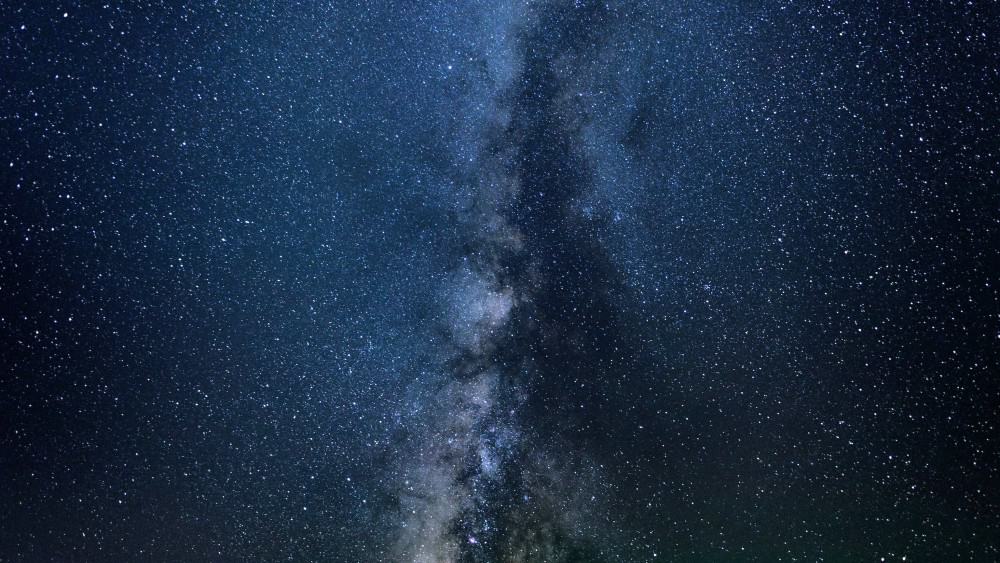
Now that the measurements of the Universe expanding remain consistent across the board, scientists have to figure out what they don’t know using gravitational wave observations or standard sirens. Errors based on standard sirens are currently too large to make a confident ruling, although they seem to align with standard candles.









